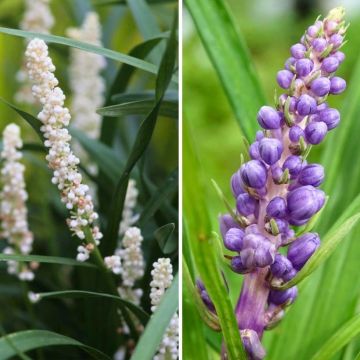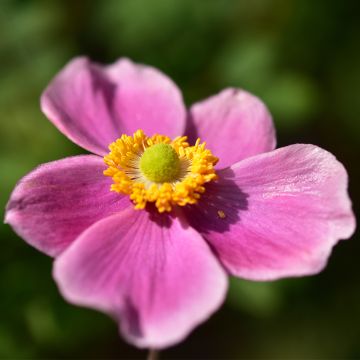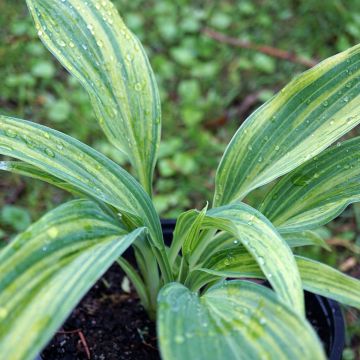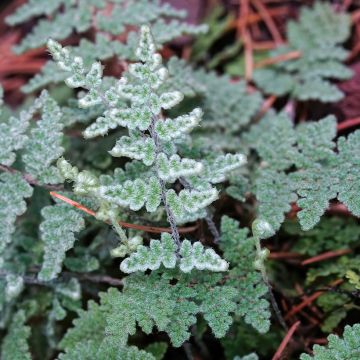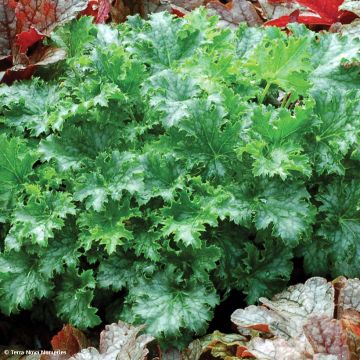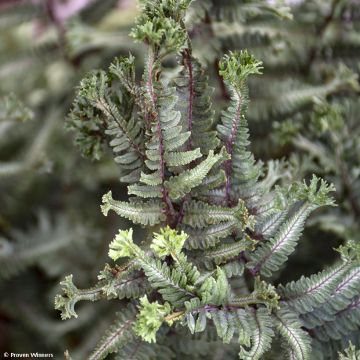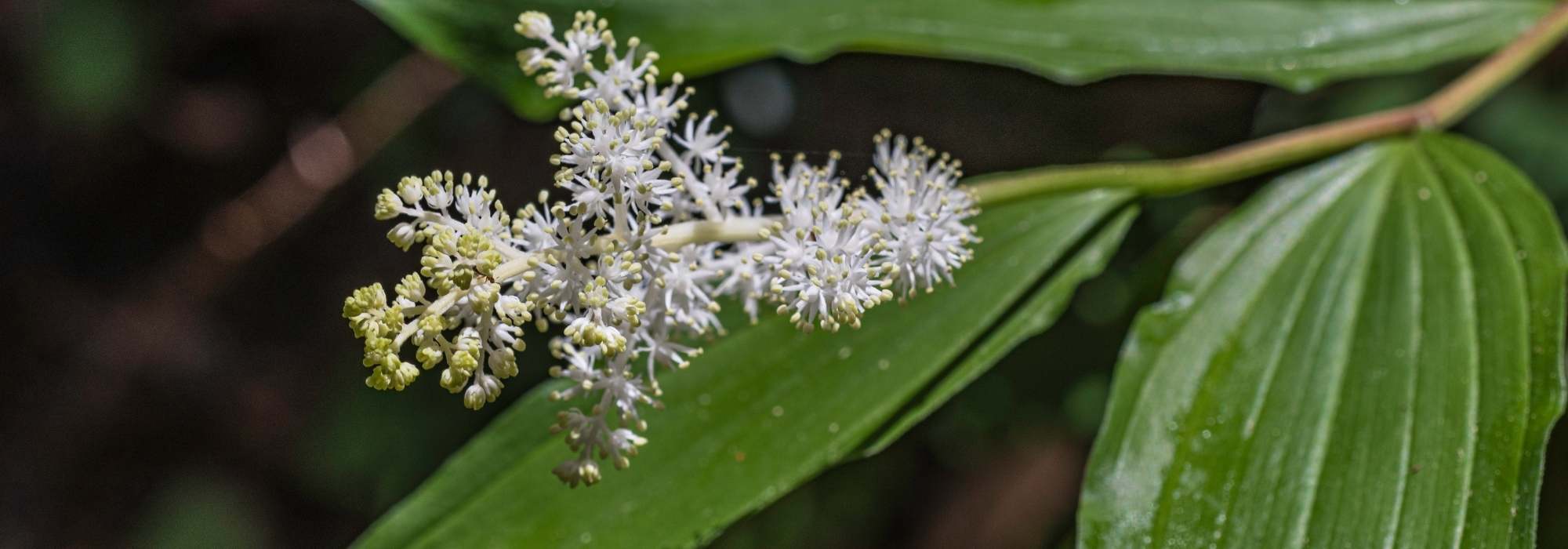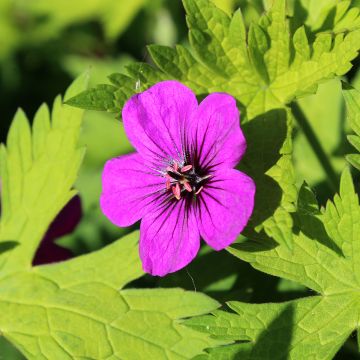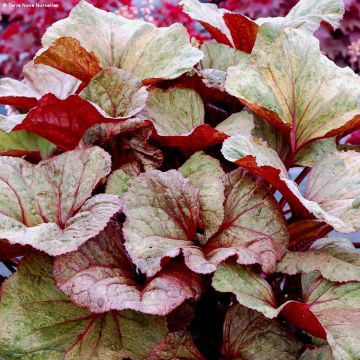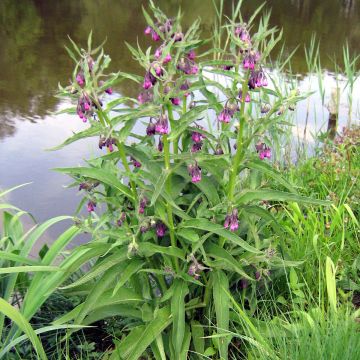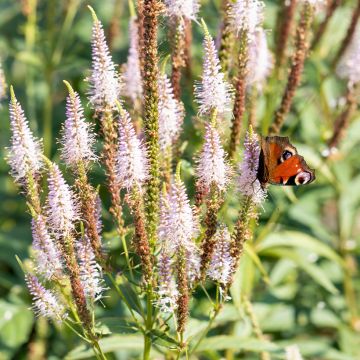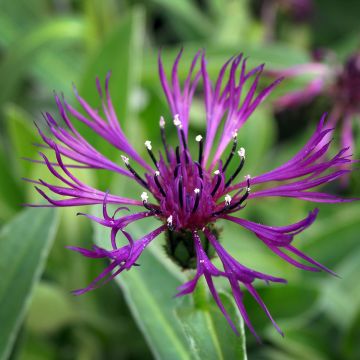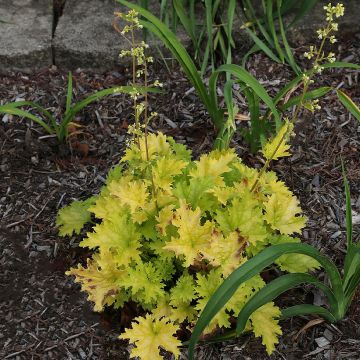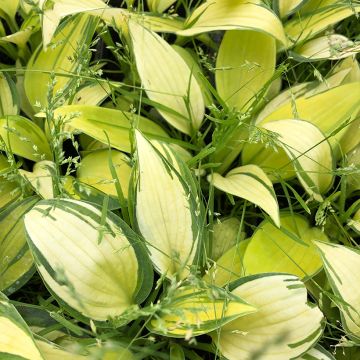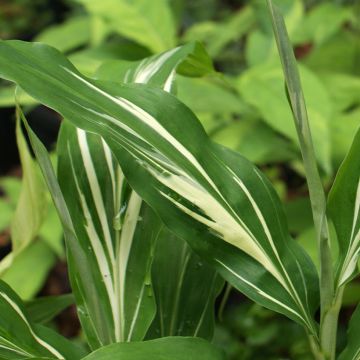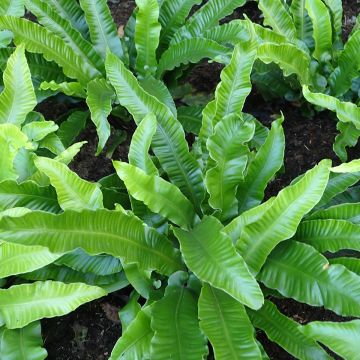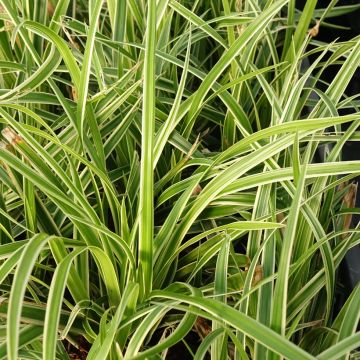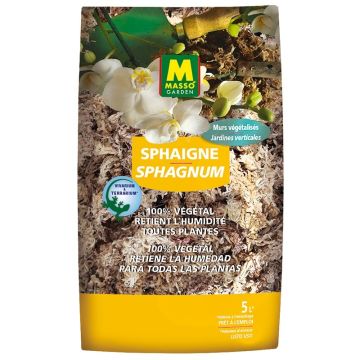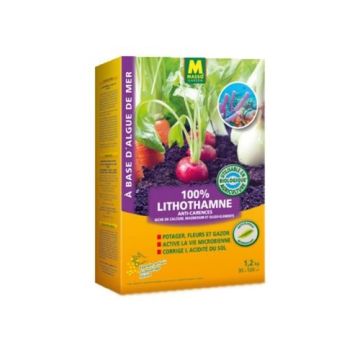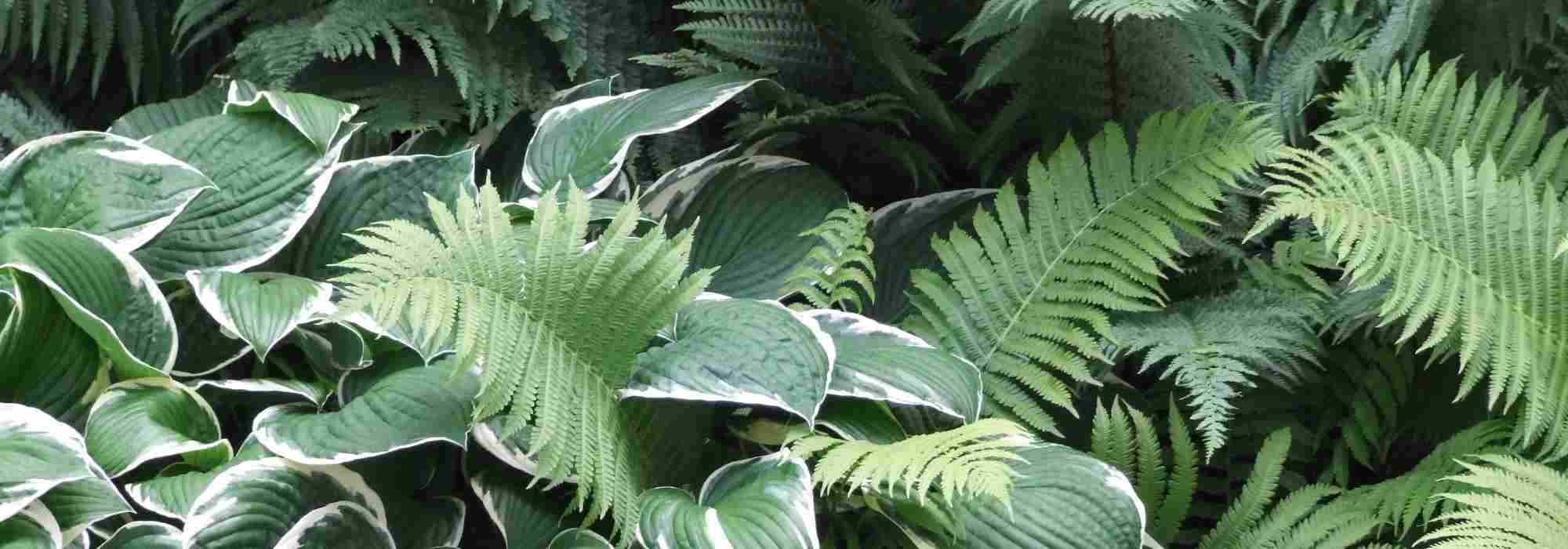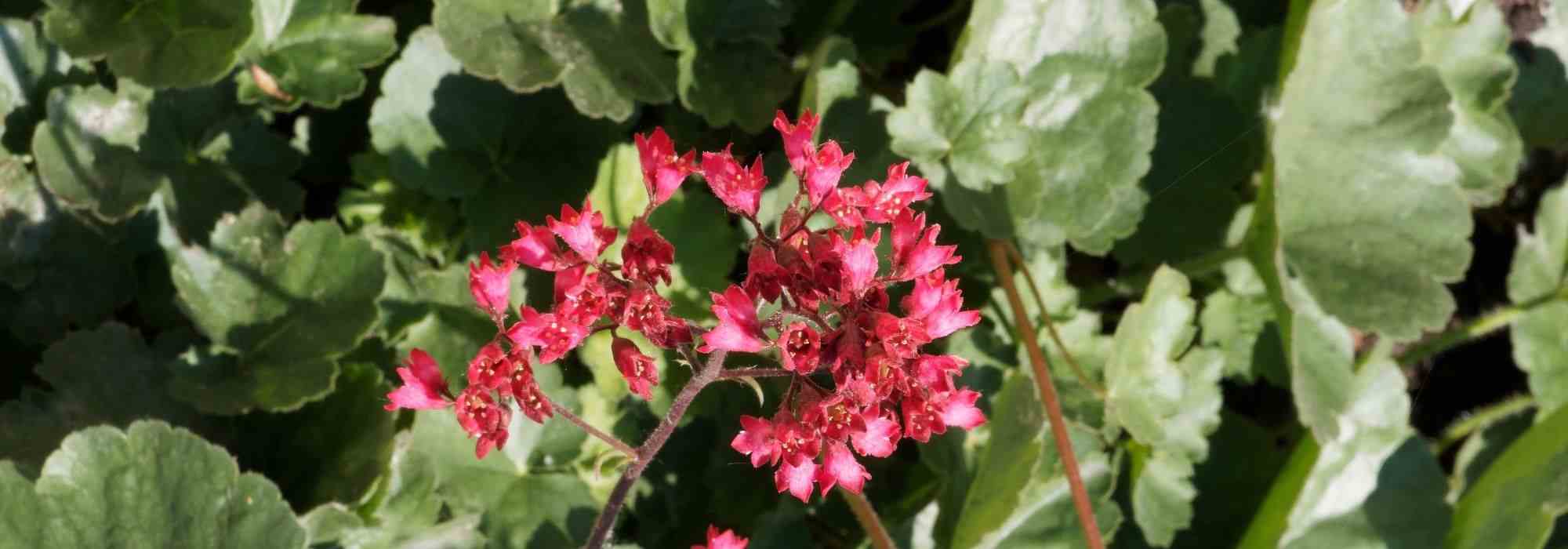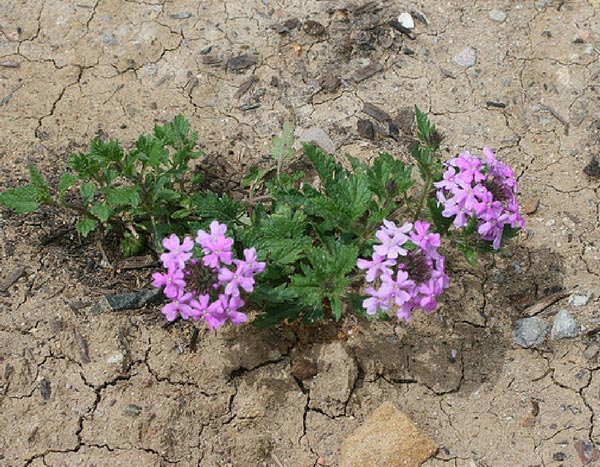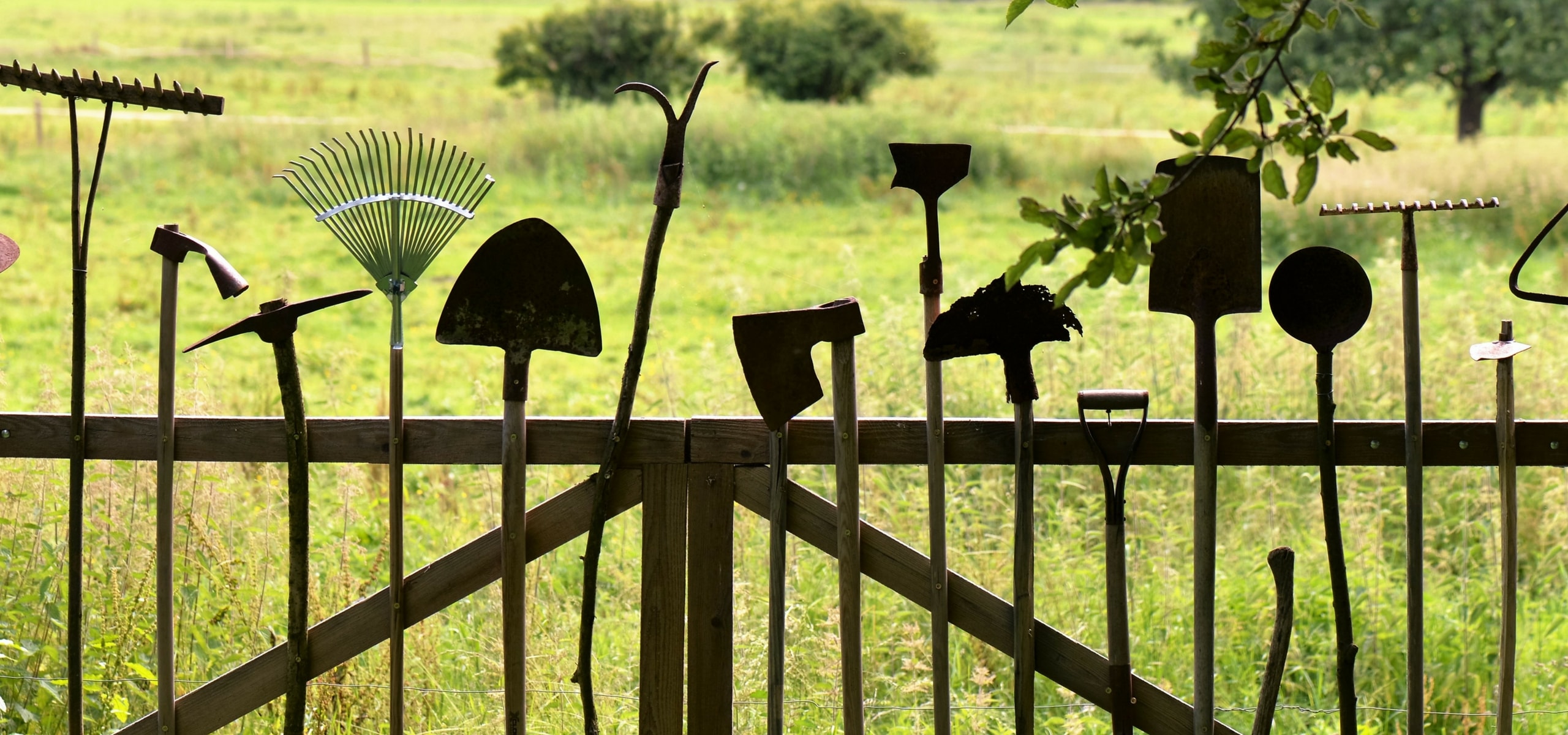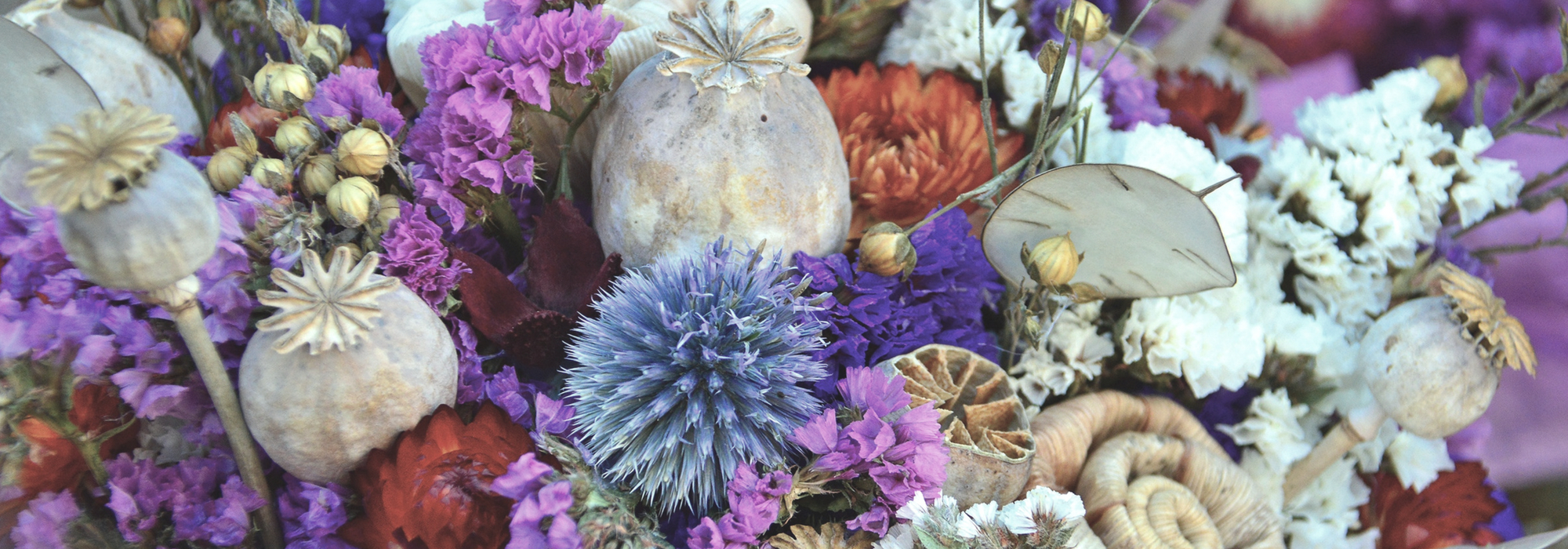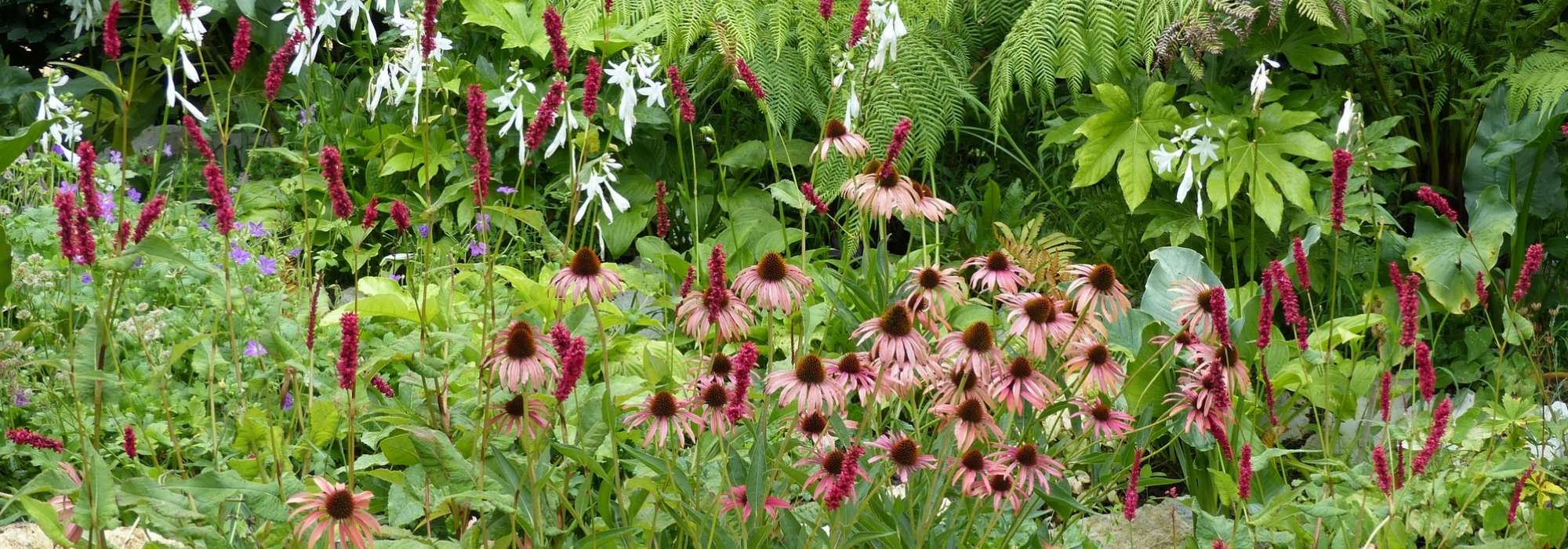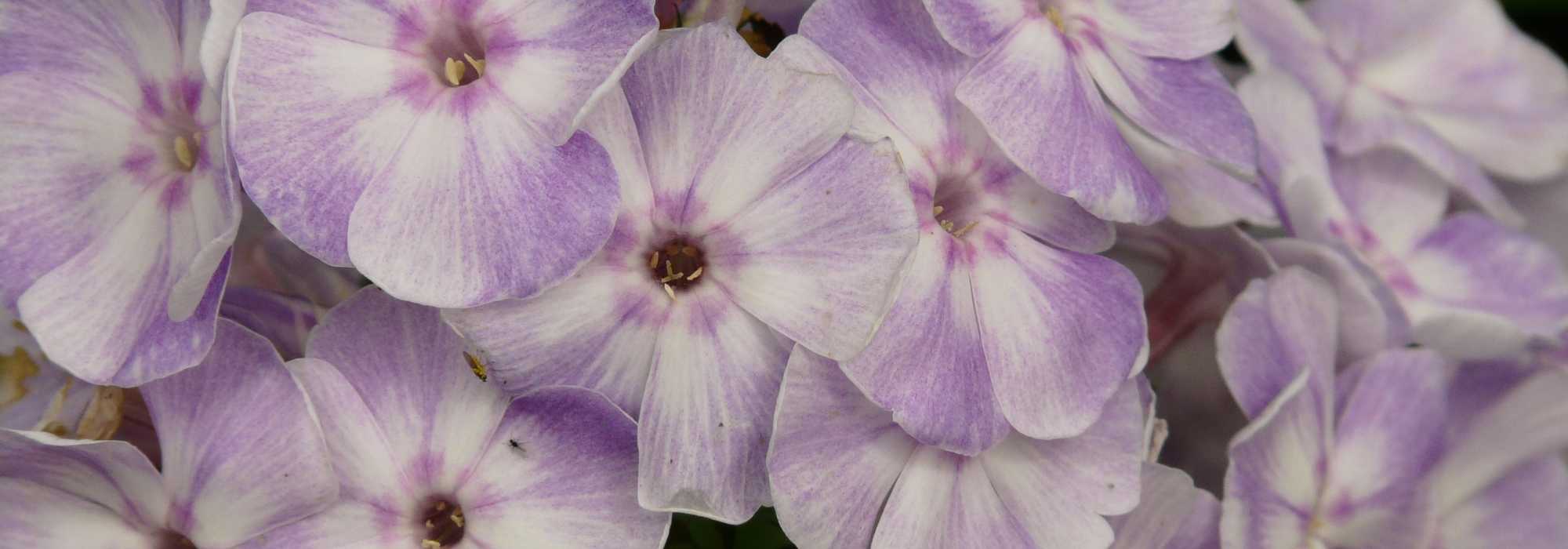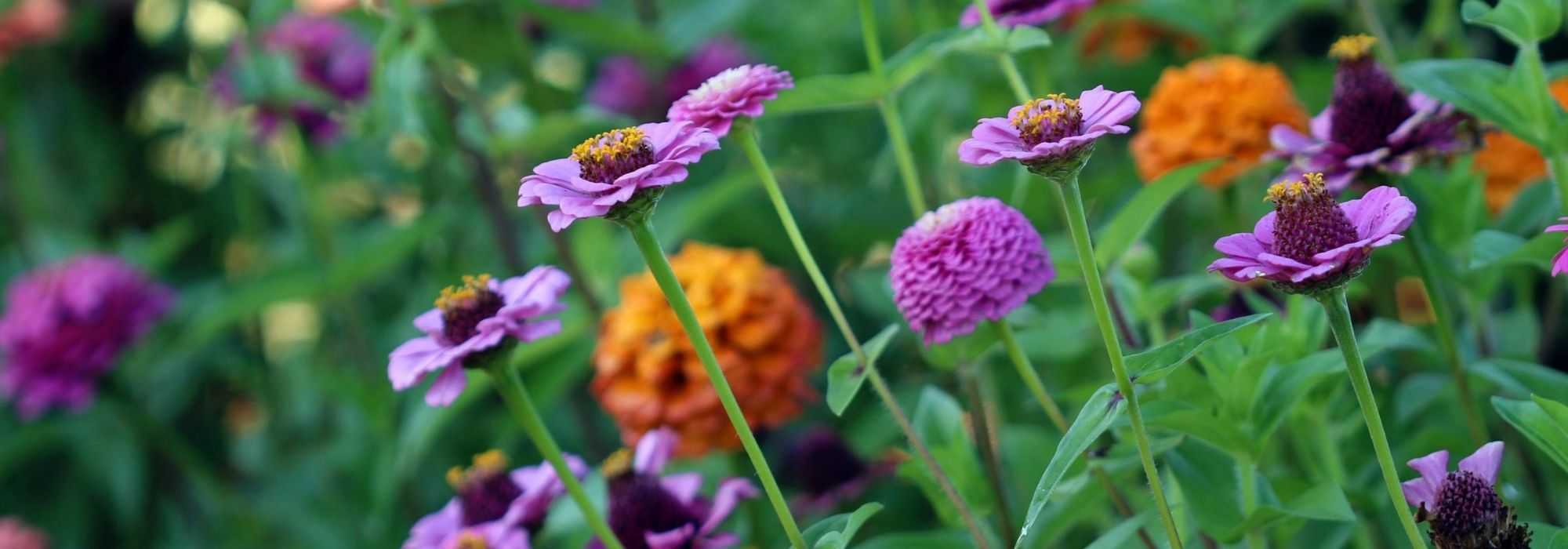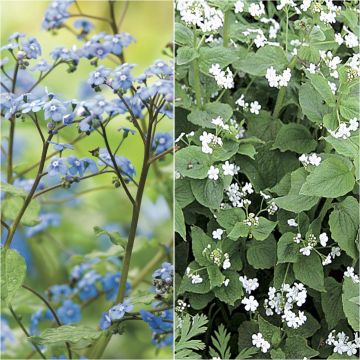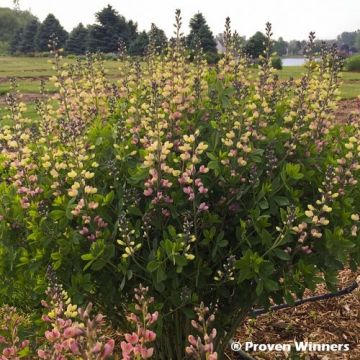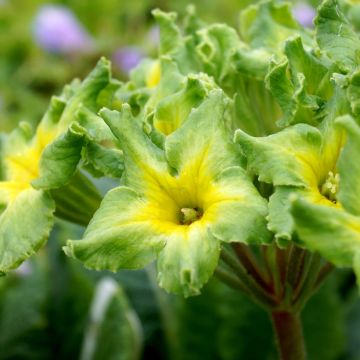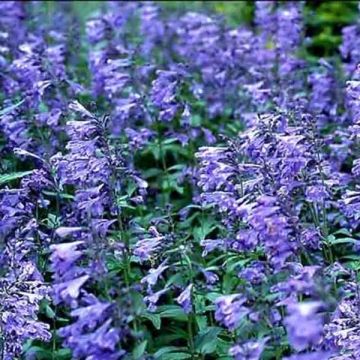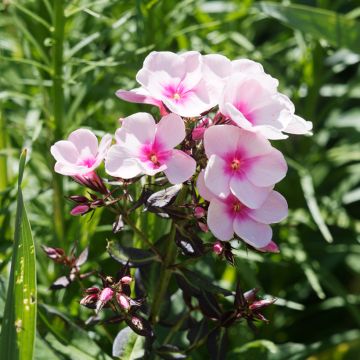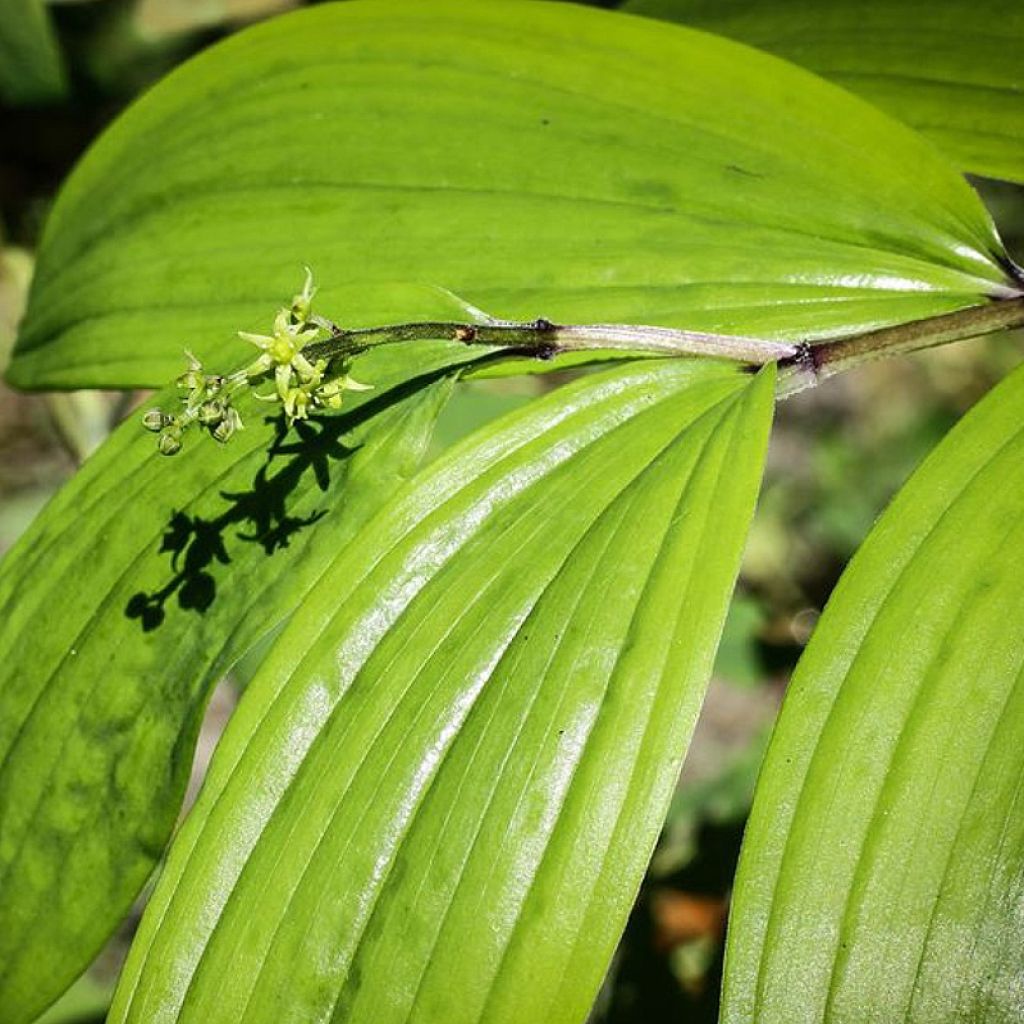

Maianthemum tatsienense - Faux Sceau de Salomon
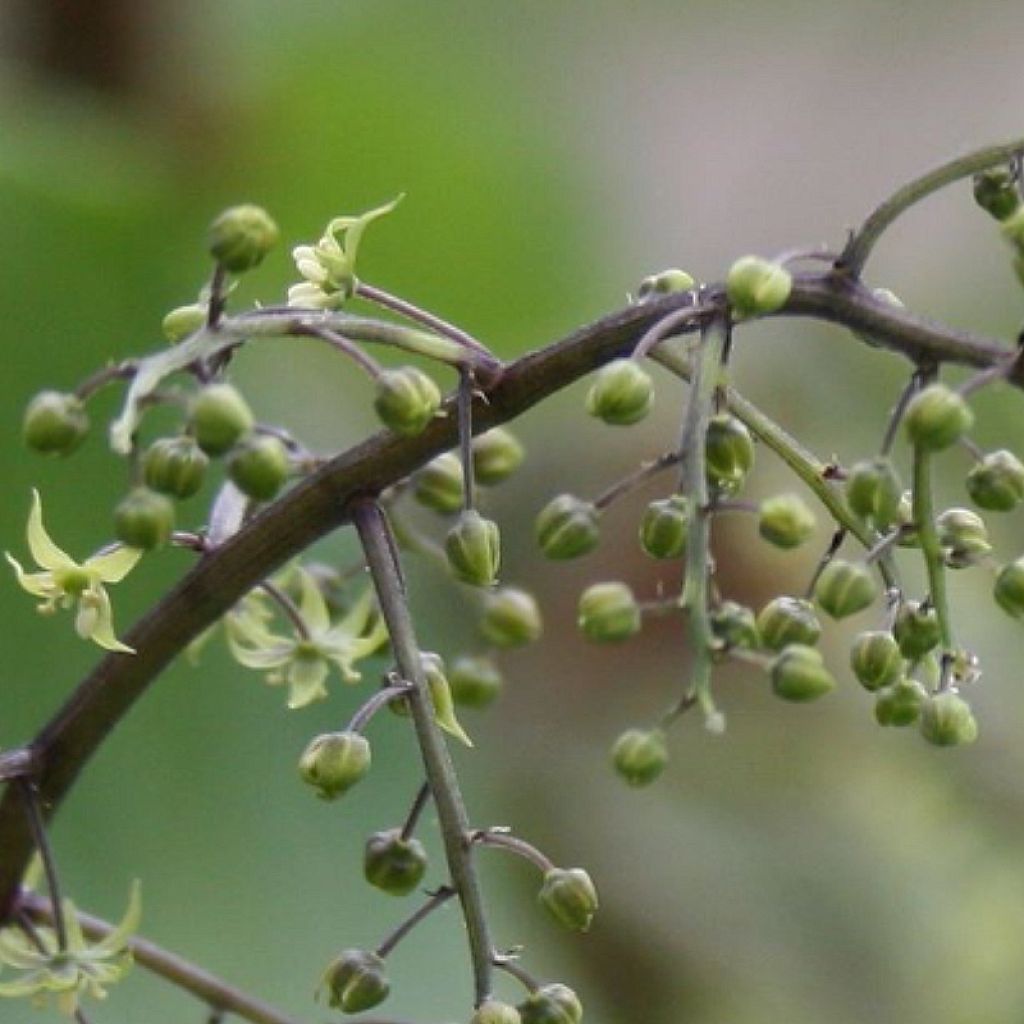

Maianthemum tatsienense - Faux Sceau de Salomon
Maianthemum tatsienense
Maianthemum tatsienense
Chinese false Solomon's Seal
Special offer!
Receive a €20 voucher for any order over €90 (excluding delivery costs, credit notes, and plastic-free options)!
1- Add your favorite plants to your cart.
2- Once you have reached €90, confirm your order (you can even choose the delivery date!).
3- As soon as your order is shipped, you will receive an email containing your voucher code, valid for 3 months (90 days).
Your voucher is unique and can only be used once, for any order with a minimum value of €20, excluding delivery costs.
Can be combined with other current offers, non-divisible and non-refundable.
Why not try an alternative variety in stock?
View all →This plant carries a 12 months recovery warranty
More information
We guarantee the quality of our plants for a full growing cycle, and will replace at our expense any plant that fails to recover under normal climatic and planting conditions.
Would this plant suit my garden?
Set up your Plantfit profile →
Description
Maianthemum tatsienense, sometimes called Chinese False Solomon's Seal, is part of a group of perennial rhizomatous plants related to Lily of the Valley and Solomon's Seal, also known as Smilacina. This species tatsienense, native to China, forms a carpet of fairly tall foliage, which is adorned in spring with clusters of greenish star-shaped flowers, followed by clusters of bright orange fruits. It is decorative in summer and autumn. It is a very hardy plant that spreads easily in the humus of the undergrowth, eventually forming an elegant and low-maintenance ground cover, ideal on the edge of the undergrowth or under large deciduous trees in a natural garden.
Maianthemum tatsienense belongs to the Asparagaceae family. It is native to China, Bhutan, and India, where it is found on the edge of forests, growing in humus-rich and moist soils. It is an herbaceous perennial plant with deciduous growth that starts in spring and disappears in winter. It eventually forms a beautiful clump of leafy stems 50 to 60cm (20 to 24in) tall and at least 80cm (32in) wide, depending on the richness of the soil it grows in. Once established, it requires no maintenance except for regular watering in dry summers.
In spring, arched stems emerge from the stump. They are tinted with black-violet and are adorned along their entire length with long lanceolate leaves. The leaves are dark green and satin-like on the upper side, slightly pleated and traversed by prominent parallel veins. They are arranged alternately. The flowering takes place in May and June. Clusters of pretty flowers adorned with numerous tiny green or yellowish petals and prominent stamens appear at the tip of the stems. After pollination, small globular berries form. They are initially green and later become bright orange and shiny when ripe. This plant has the same toxicity as Lily of the Valley.
Maianthemum tatsienense is an easy and durable plant when grown in the humus of the undergrowth that it loves. This perennial is not hindered by the competition of tree and bush roots. It is valuable for landscaping those areas of the garden that are often difficult to vegetate. Periwinkles, Geranium macrorrhizum, hellebores, and also toad lilies (Tricyrtis) can precede, accompany, or take over its flowering in filtered light. Its association with Hedychium densiflorum, whose orange flowers accompany its orange berries in the late season, is particularly successful. It can be slightly invasive when its happy.
Maianthemum tatsienense in pictures
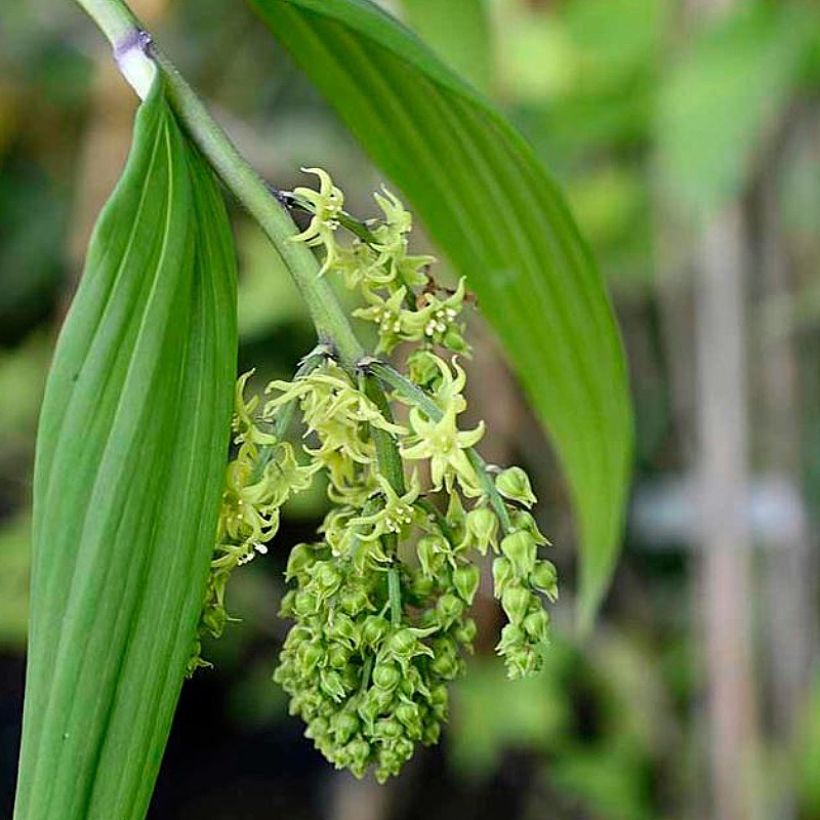

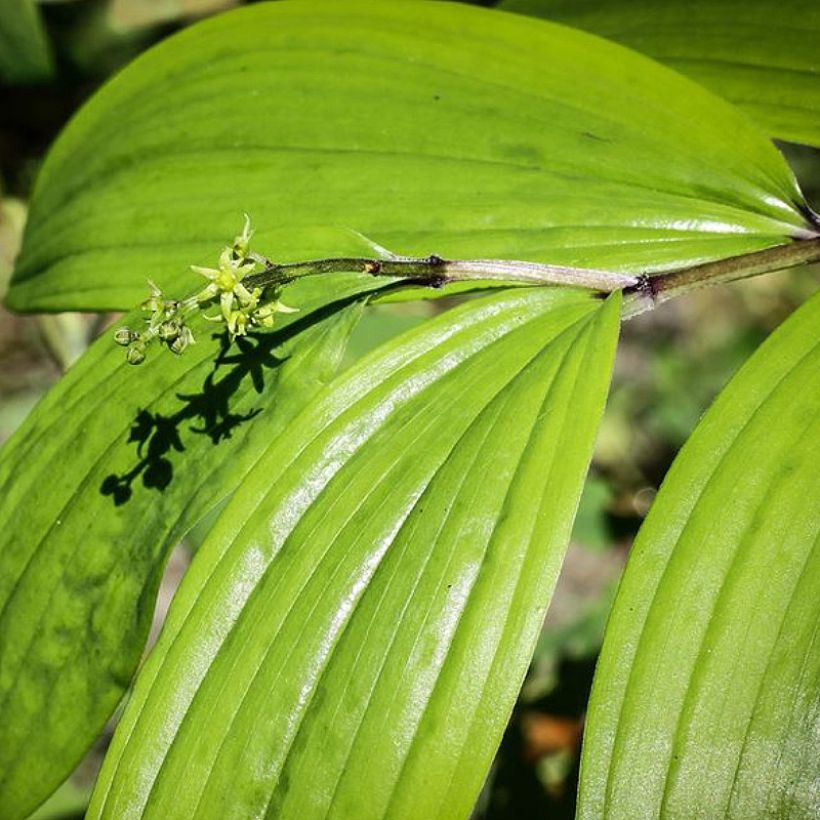

Flowering
Foliage
Plant habit
Botanical data
Maianthemum
tatsienense
Convallariaceae
Chinese false Solomon's Seal
China
Other Shade-loving perennials
View all →Planting and care
Plant Maianthemum tatsienense preferably in shade or partial shade in non-calcareous soil, with a neutral or acidic tendency. It prefers humus-rich and clayey soils, which remain moist even in summer but are well-drained. It is a robust plant and very resistant to cold. Just make sure to water it regularly during the first year of cultivation, especially during dry periods, to promote establishment. Once established, it can thrive on its own in cool and humid climates and can tolerate competition from the roots of trees and bushes.
Planting period
Intended location
Care
Planting & care advice
This item has not been reviewed yet - be the first to leave a review about it.
Similar products
Haven't found what you were looking for?
Hardiness is the lowest winter temperature a plant can endure without suffering serious damage or even dying. However, hardiness is affected by location (a sheltered area, such as a patio), protection (winter cover) and soil type (hardiness is improved by well-drained soil).

Photo Sharing Terms & Conditions
In order to encourage gardeners to interact and share their experiences, Promesse de fleurs offers various media enabling content to be uploaded onto its Site - in particular via the ‘Photo sharing’ module.
The User agrees to refrain from:
- Posting any content that is illegal, prejudicial, insulting, racist, inciteful to hatred, revisionist, contrary to public decency, that infringes on privacy or on the privacy rights of third parties, in particular the publicity rights of persons and goods, intellectual property rights, or the right to privacy.
- Submitting content on behalf of a third party;
- Impersonate the identity of a third party and/or publish any personal information about a third party;
In general, the User undertakes to refrain from any unethical behaviour.
All Content (in particular text, comments, files, images, photos, videos, creative works, etc.), which may be subject to property or intellectual property rights, image or other private rights, shall remain the property of the User, subject to the limited rights granted by the terms of the licence granted by Promesse de fleurs as stated below. Users are at liberty to publish or not to publish such Content on the Site, notably via the ‘Photo Sharing’ facility, and accept that this Content shall be made public and freely accessible, notably on the Internet.
Users further acknowledge, undertake to have ,and guarantee that they hold all necessary rights and permissions to publish such material on the Site, in particular with regard to the legislation in force pertaining to any privacy, property, intellectual property, image, or contractual rights, or rights of any other nature. By publishing such Content on the Site, Users acknowledge accepting full liability as publishers of the Content within the meaning of the law, and grant Promesse de fleurs, free of charge, an inclusive, worldwide licence for the said Content for the entire duration of its publication, including all reproduction, representation, up/downloading, displaying, performing, transmission, and storage rights.
Users also grant permission for their name to be linked to the Content and accept that this link may not always be made available.
By engaging in posting material, Users consent to their Content becoming automatically accessible on the Internet, in particular on other sites and/or blogs and/or web pages of the Promesse de fleurs site, including in particular social pages and the Promesse de fleurs catalogue.
Users may secure the removal of entrusted content free of charge by issuing a simple request via our contact form.
The flowering period indicated on our website applies to countries and regions located in USDA zone 8 (France, the United Kingdom, Ireland, the Netherlands, etc.)
It will vary according to where you live:
- In zones 9 to 10 (Italy, Spain, Greece, etc.), flowering will occur about 2 to 4 weeks earlier.
- In zones 6 to 7 (Germany, Poland, Slovenia, and lower mountainous regions), flowering will be delayed by 2 to 3 weeks.
- In zone 5 (Central Europe, Scandinavia), blooming will be delayed by 3 to 5 weeks.
In temperate climates, pruning of spring-flowering shrubs (forsythia, spireas, etc.) should be done just after flowering.
Pruning of summer-flowering shrubs (Indian Lilac, Perovskia, etc.) can be done in winter or spring.
In cold regions as well as with frost-sensitive plants, avoid pruning too early when severe frosts may still occur.
The planting period indicated on our website applies to countries and regions located in USDA zone 8 (France, United Kingdom, Ireland, Netherlands).
It will vary according to where you live:
- In Mediterranean zones (Marseille, Madrid, Milan, etc.), autumn and winter are the best planting periods.
- In continental zones (Strasbourg, Munich, Vienna, etc.), delay planting by 2 to 3 weeks in spring and bring it forward by 2 to 4 weeks in autumn.
- In mountainous regions (the Alps, Pyrenees, Carpathians, etc.), it is best to plant in late spring (May-June) or late summer (August-September).
The harvesting period indicated on our website applies to countries and regions in USDA zone 8 (France, England, Ireland, the Netherlands).
In colder areas (Scandinavia, Poland, Austria...) fruit and vegetable harvests are likely to be delayed by 3-4 weeks.
In warmer areas (Italy, Spain, Greece, etc.), harvesting will probably take place earlier, depending on weather conditions.
The sowing periods indicated on our website apply to countries and regions within USDA Zone 8 (France, UK, Ireland, Netherlands).
In colder areas (Scandinavia, Poland, Austria...), delay any outdoor sowing by 3-4 weeks, or sow under glass.
In warmer climes (Italy, Spain, Greece, etc.), bring outdoor sowing forward by a few weeks.

































